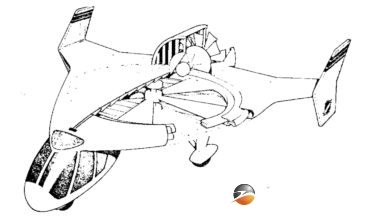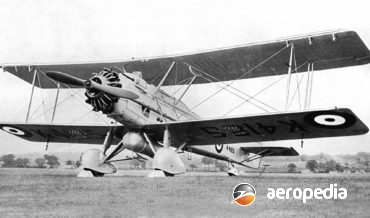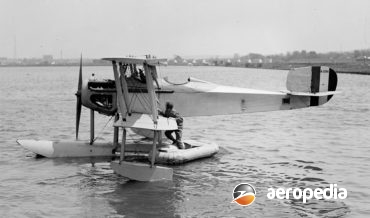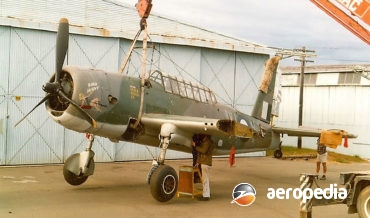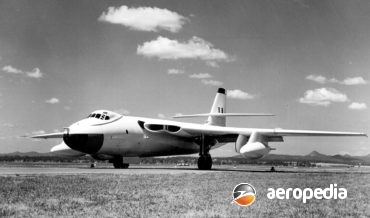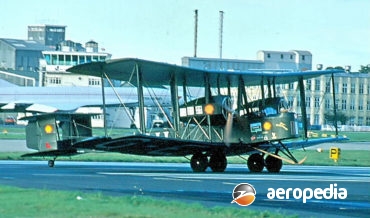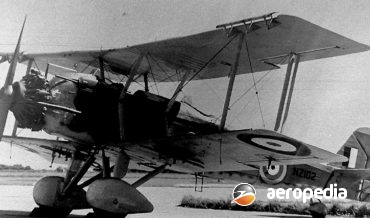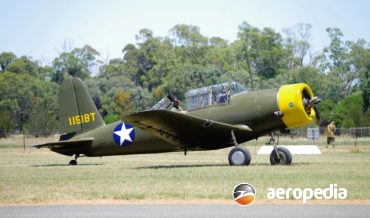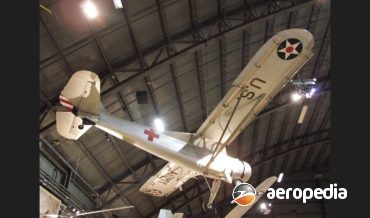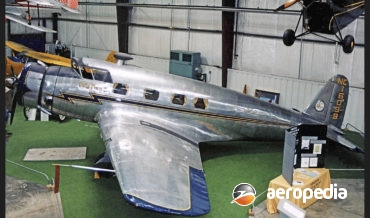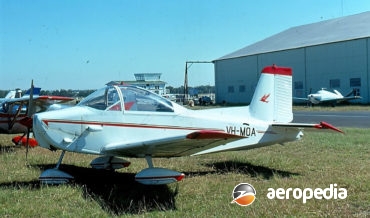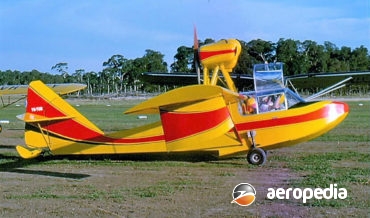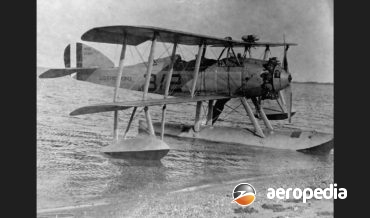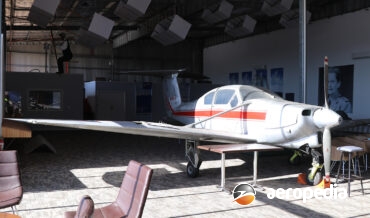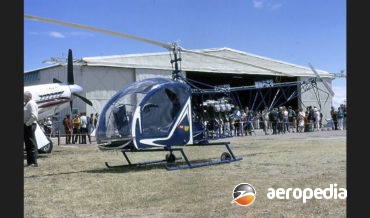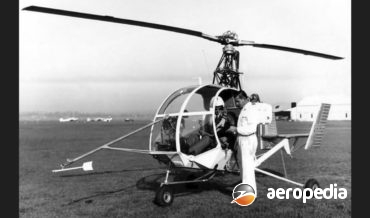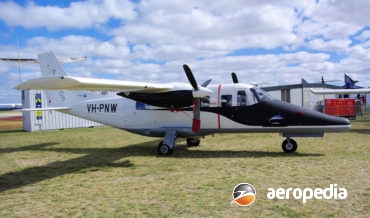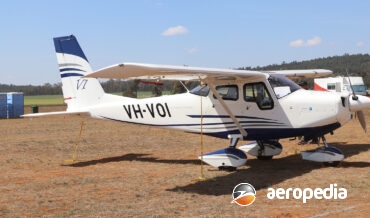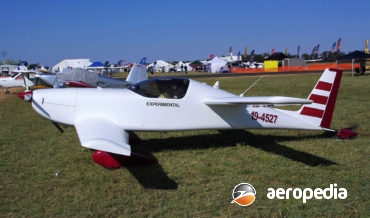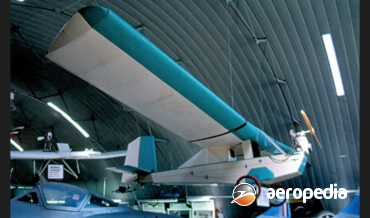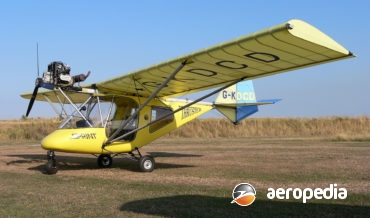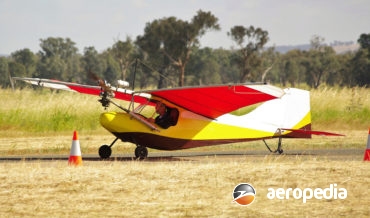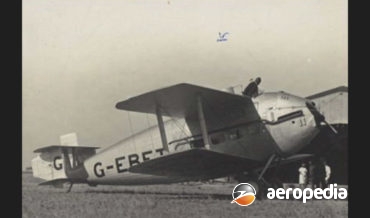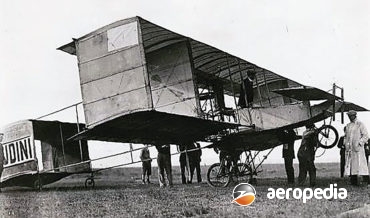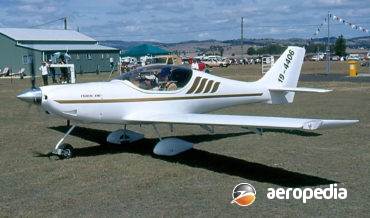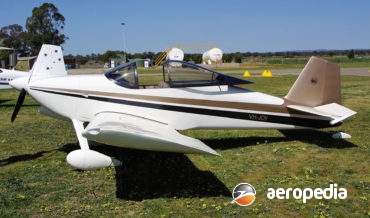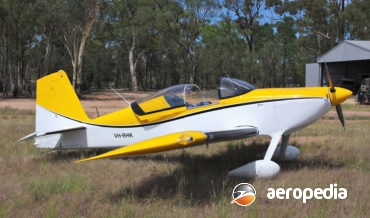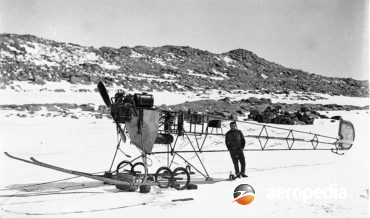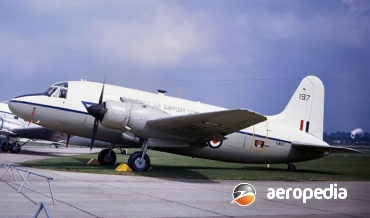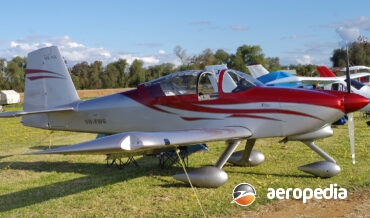All Contents
Contents
In the 1980s VTOL Industries Australia Ltd of St George’s Terrace, Perth, WA devised, through its managing direct, Kim V Sadleir, a new approach to VTOL technology and much testing with two test rigs was carried out in an advance research and development stage.
David C. Eyre
- March 23, 2020
The Vincent was designed in 1934 by Vickers (Aviation) Ltd of Weybridge in Surrey as a modified variant of the Vildebeest to replace the Westland Wapiti and Fairey IIIF in RAF service.
David C. Eyre
- May 19, 2019
The Vickers Type 287 Wellesley long-range bomber was built by Vickers at Weybridge from January 1937, having been designed by the company’s Chief Structural Designer, Barnes Wallis, who later designed the Wellington bomber using a similar revolutionary light-weight geodetic framework. The first production Wellesley flew on 30 January 1937 and
David C. Eyre
- May 19, 2019
The Wellington was one of the most important bombers of World War II, to such an extent that more than twice the number of Wellingtons were built as the Avro Lancaster.
David C. Eyre
- May 19, 2019
The Kingfisher was designed in 1957 by Rex Beisel of the Chance Vought Aircraft Division of United Aircraft Corp as a two-seat scout and observation aircraft for the US Navy, with the capability of being launched from catapults on board battleships, cruisers, and a number of destroyers.
David C. Eyre
- May 19, 2019
The VE-7H was a general reconnaissance and communications aircraft designed for the US military by Lewis & Vought of Long Island, New York.
David C. Eyre
- May 19, 2019
The Vultee V-72 Vengeance was designed specifically for use as a dive-bomber in close support of army operations, and was purchased in large numbers for the RAF.
David C. Eyre
- May 19, 2019
Following the end of World War II, and the commencement of the Cold War, Britain looked to re-equip its bomber squadrons with what became known as the V-bombers, long-range jet-powered aircraft.
David C. Eyre
- May 19, 2019
The Vimy was one of a series of heavy bombers, like the DH-10 Amiens and the Handley Page V/1500, which were designed to bomb Germany during World War I if that conflict had continued.
David C. Eyre
- May 19, 2019
The Vildebeest was designed for the RAF by R K Pierson of Vickers to replace the Hawker Horsley, and the prototype (N230) flew with a Bristol Jupiter VIII engine at Martlesham Heath in April 1928.
David C. Eyre
- May 19, 2019
In 1938 the US Army tested a private venture training aircraft built by the Vultee Corporation and known as the V-54. The prototype (NX21753) first flew in June that year with a 336-kw (450-hp) Wright Whirlwind engine.
David C. Eyre
- May 8, 2019
In 1940, in response to a US Army requirement for a two-seat unarmed light observation aircraft, Stinson produced the Model 74 and three examples were produced as the YO-49 and evaluated against the Bellanca YO-50 and the Ryan YO-51.
David C. Eyre
- May 8, 2019
The prototype V.1 (NR12293) with a 531-kw (712-hp) Wright R-1820-F2 engine was first flown on 19 February 1933 and production totalled 26 aircraft.
David C. Eyre
- May 8, 2019
The first Australian designed light aircraft to be granted type approval (on 4 July 1962), the Airtourer was a development of a design by the late Henry Millicer which won the Royal Aero Club design competition for a light aircraft.
David C. Eyre
- May 8, 2019
The Sportsman two-seat amphibian was designed by Mr Volmer Jensen, and marketed by Volmer Aircraft of Burbank, California, and the prototype was flown for the first time on 22 December 1958.
David C. Eyre
- May 8, 2019
Following the first flight of the Airtourer 100 on 12 December 1961, the first production aircraft flew in June 1962.
David C. Eyre
- May 8, 2019
The Vought UO-1 was designed as a two-seat observation biplane for operation from ships of the United States Navy fleet and to be fitted with a single centre float and outrigger floats, to be catapulted off the ships and make unarmed reconnaissance, returning to the ship and landing on the
David C. Eyre
- May 8, 2019
The Victa R-2 was a four-seat light monoplane designed for Victa Ltd by Mr Luigi Pellarini, designer of the Transavia Airtruk and a number of other aircraft.
David C. Eyre
- May 8, 2019
The Philicopter did not represent the first venture into the production of a commercial helicopter by an Australian company but it, like the Wikopter and the Moser, built in the 1960s, was one of the first. However none in fact have entered production.
David C. Eyre
- May 8, 2019
In early 1960 Victa Consolidated Industries set up what was known as a ‘rotating-wing group’ to consider the construction of a rotary wing aircraft.
David C. Eyre
- May 8, 2019
The A-Viator is a development of the Partenavia P-68 series, the production of which was acquired by Vulcanair SPA which carries out its operations from Casoriain in Italy.
David C. Eyre
- May 8, 2019
Production of the DHC-6 series by de Havilland Canada concluded in 1988 after 844 examples were built at Toronto, production running from 1965 to 1989.
David C. Eyre
- May 8, 2019
The prototype of this new generation of touring and training aircraft was flown by Paul Southwick, an AOPA test pilot, at the company’s facility in Naples, this aircraft being registered I-PDVA.
David C. Eyre
- May 8, 2019
Although looking very similar to the Quickie series of aircraft, also being of canard configuration, the Dragonfly is a new design, being slightly larger and having, in the two-seat version, less power.
David C. Eyre
- May 8, 2019
The Skypup is one of a number of ultralight designs built and marketed by the Vintage Ultralight Assoc of Marietta, Georgia, models available including the Woodhopper, Gipsy, J-3 Junior, MW-7, Petit Breezy, SR-1 Hornet, Turnercraft and the Whing Ding 71.
David C. Eyre
- May 8, 2019
In March 1945 VICkers-Armstrongs (Aircraft) Ltd projected a pressurised transport to seat up to 27 passengers under the designation VC-2, and development of this design led to the Type IIB fitted with Rolls Royce Dart turboprops.
David C. Eyre
- May 8, 2019
The Vision is a two-seat dual-control high-wing strut-braced monoplane suitable for training, recreation, and property work produced by Vision Aircraft at its manufacturing facility at Orange, NSW. A couple of variants are available, including the Vision 600 and the Vision 600 Mk 2.
David C. Eyre
- May 8, 2019
To meet further customer demand, and to improve the overall performance of the Viscount, the 800 series, fitted with Dart R Da 6 engines, was introduced with its fuselage lengthened by 1.17 m (3 ft 10 in), so the effective extra cabin length was 2.82 m (9 ft 3 in),
David C. Eyre
- May 8, 2019
The Viva Scout Mk 1 was a single-seat ultralight aircraft of two-axis configuration (pitch and yaw) powered by a Pixie Major engine driving a wooden propeller through a single chain.
David C. Eyre
- May 8, 2019
The VICkers Vulcan (known as the Flying Pig) was designed for VICkers by Rex Pierson following the success of the VICkers Vimy commercial, work beginning on the new transport in February 1921, and the prototype (G-EBBL - c/n 1 -City of Antwerp) was flown for the first time at Brooklands
David C. Eyre
- May 8, 2019
The brothers Charles (1882 - 1912) and Gabriel Voisin (1880 - 1973) in France in the 19th Century began building and experimenting with kites, incorporating modified Lawrence Hargrave type box-kite structures and in 1905, in association with Ernest Archdeacon and Louis Bleriot, built gliders.
David C. Eyre
- May 8, 2019
The Aircruiser was a low-wing, fixed tricycle-undercarriage, four-seat aircraft of light alloy all-metal construction designed by Henry Millicer.
David C. Eyre
- May 8, 2019
The VM-1 Esqual is a two-seat monoplane with fixed tricycle undercarriage high-performance light aircraft produced by Vol Mediterrani in a facility at Moia near Barcelona in Spain.
David C. Eyre
- May 8, 2019
The Vans RV-6 s a development of the RV-3 and RV-4 series designed by Richard Van Grunsven, and produced by Van’s Aircraft of North Plains, Oregon, the prototype of the RV-6 (N66RV) flying for the first time in June 1986.
David C. Eyre
- May 8, 2019
The Wave amphibious light two-seat monoplane was introduced to the light aircraft market in June 2014 when the manufacturer, VICkers Aircraft Ltd of Te Rapa, near Hamilton, when the company announced the prototype of its aircraft was nearing completion and testing from an airfield near Hamilton.
David C. Eyre
- May 8, 2019
The RV-7 is another high-performance sporting monoplane offered by Vans Aircraft of North Plains, Oregon for amateur construction.
David C. Eyre
- May 8, 2019
Vickers Ltd of Westminster was founded in 1911 under the control of Major H F Wood, the firms Commercial Aviation Department being placed under the control of Brigadier General Caddell.
David C. Eyre
- May 8, 2019
The Vans RV-8 is another homebuilt produced by Van’s Aircraft Inc of North Plains, Oregon, and, like some other models, is produced in two versions, the RV-8 with a tailwheel undercarriage, and the RV-8A with a tricycle undercarriage.
David C. Eyre
- May 8, 2019
Following the success of the Viking, RAF Transport Command ordered a new variant suitable for the role of military ambulance, freighter, glider-tug, troop carrier, and dropping supplies.
David C. Eyre
- May 8, 2019
One of the range of very successful light homebuilt monoplanes produced by Vans at Oregon in the United States, the prototype of the series, the RV-9A (N96VA) with a tricycle undercarriage was first flown in 1997.
David C. Eyre
- May 8, 2019
Recent Comments
Archives
Categories
- No categories
Categories
- No categories
Latest Posts
Newsletter

